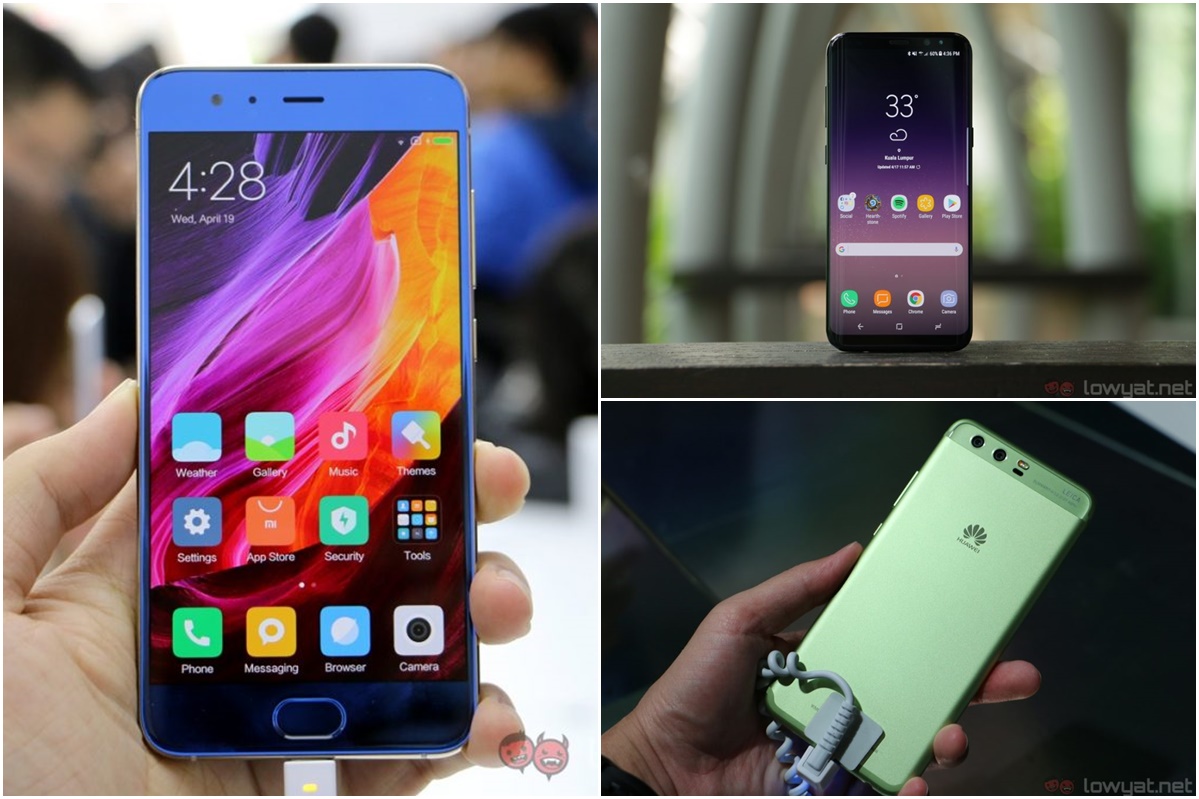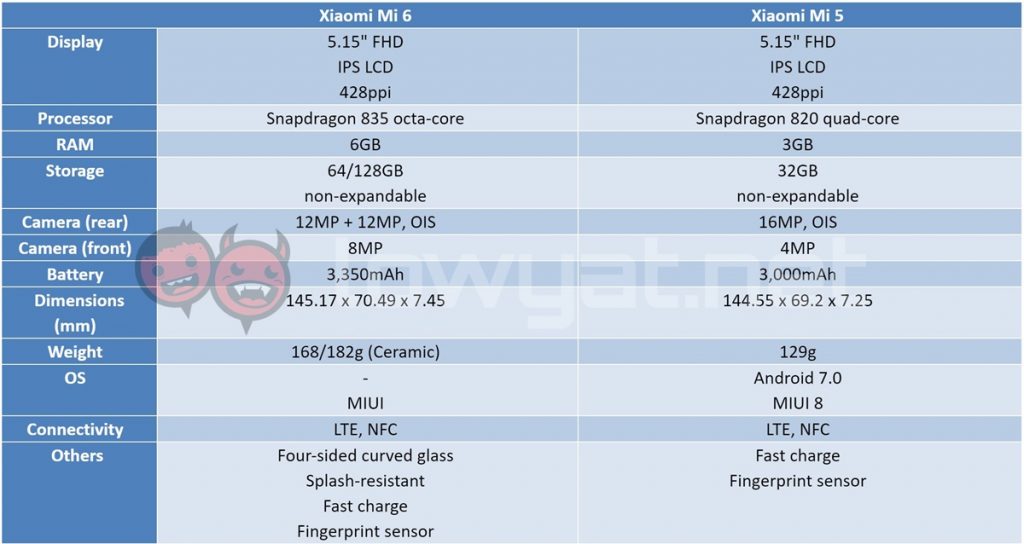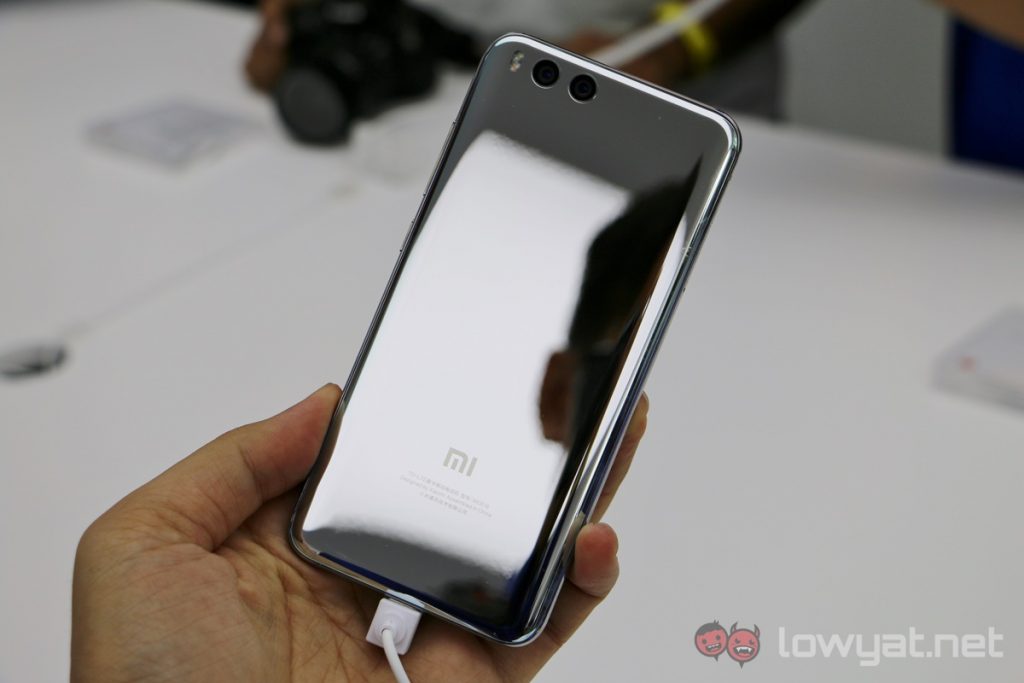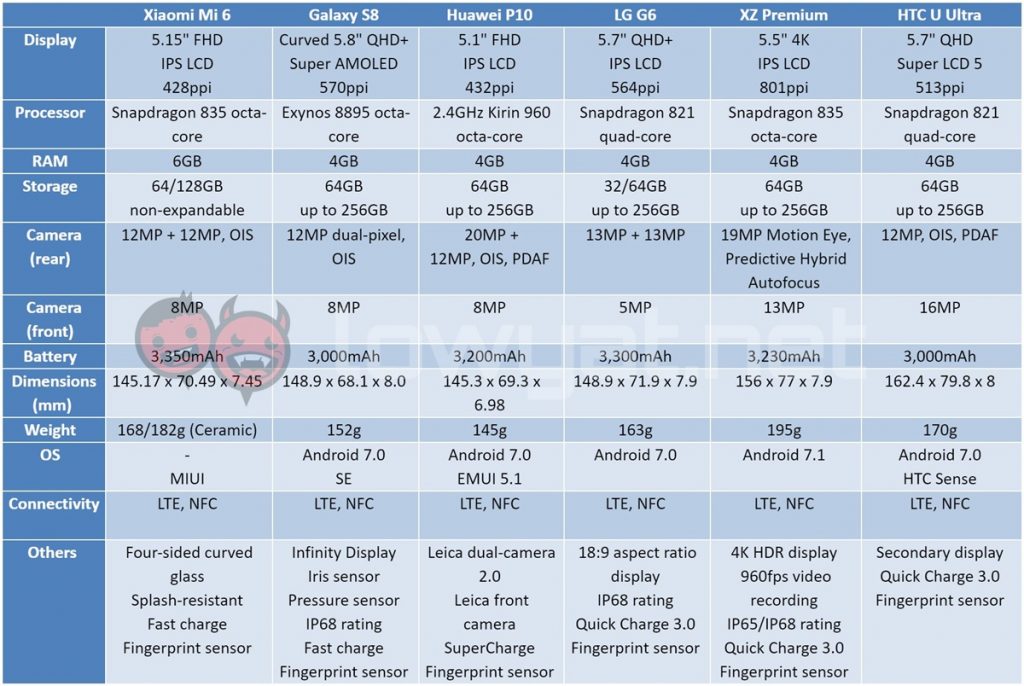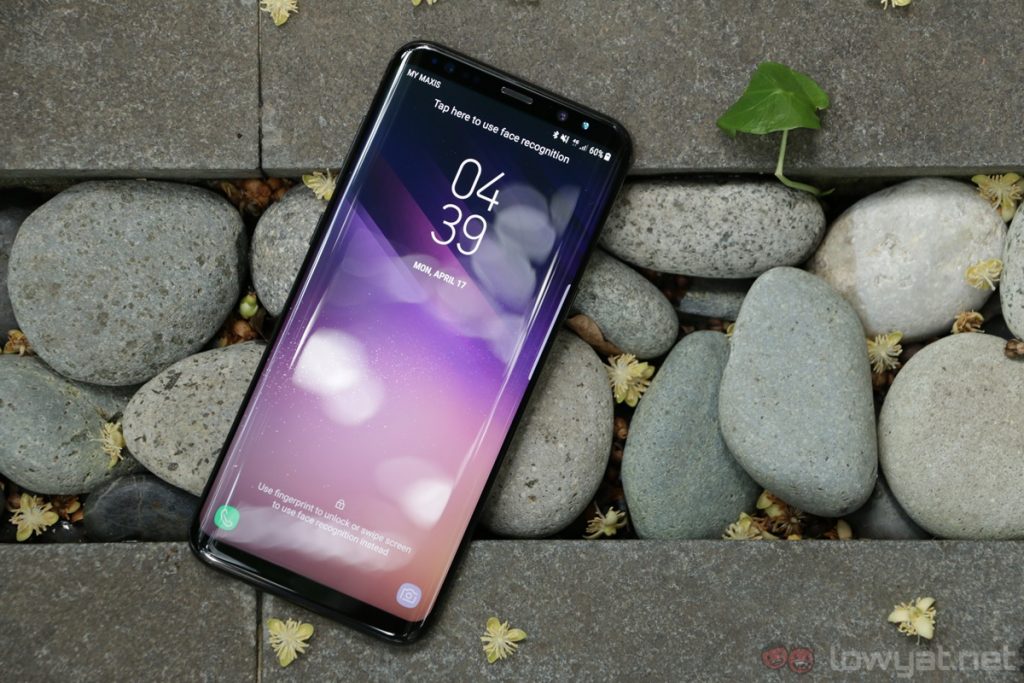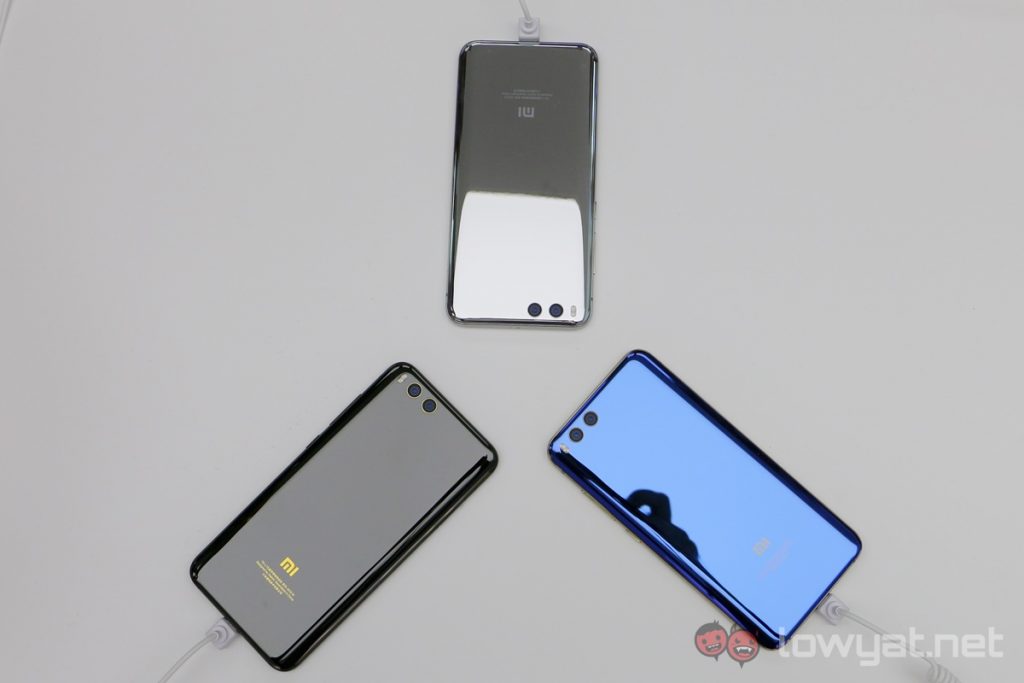The Xiaomi Mi 6 was just made official, and whenever a new flagship smartphone is announced, it’s always interesting to see how it stacks up to its predecessor and competition. Well, without further ado, let’s do just that.
As the successor to the Xiaomi Mi 5, the Mi 6 is…well, not that much different in the design department. The Mi 6 still retains the sleek-looking glass and metal design language – though it does look a lot like the HTC U Ultra now – as well as the same display size and resolution. However, the Mi 6 does feature a “four-sided curved glass” now, which gives it a more premium look than the Mi 5. Of course, there’s also the new dual-camera system.
Xiaomi usually equips its flagship phones with the best processor available at launch, and it’s no different with the Mi 6. Powered by Qualcomm’s new 10nm Snapdragon 835 chipset, the Mi 6 is without a doubt one of the most powerful flagship smartphones in the market this year. Thanks to the power efficiency of the 10nm processor and a bigger 3,350mAh battery, the Mi 6 should – in theory – have better battery life than the Mi 5 too.
But things look a lot less positive for the Mi 6 when we compare it to other flagship devices released this year. Take the Samsung Galaxy S8: it has a very impressive Infinity Display, a sleek design, as well as a class-leading camera. Even the Huawei P10 is a respectable smartphone with its capable Leica-branded dual-camera setup and expandable storage – a feature the Mi 6 lacks.
But the Mi 6’s major advantage lies somewhere else: it offers great value for money. Retailing from merely 2,499 Chinese yuan (about RM1,600), that’s a really, really affordable price for a Snapdragon 835 smartphone. Of course, the Mi 6 will almost definitely retail at a higher price point once – or if – it launches in Malaysia, but it will likely be one of the most affordable Snapdragon 835 devices in our market regardless.
However, that brings us to the next question: can the Mi 6 survive on its sheer value for money alone? Both Apple and Samsung – to a certain extent, even Huawei – have proven that consumers are willing to pay for high-end, premium smartphones. In this day and age, bang for your buck may not be enough to ensure the success of a smartphone anymore; even for a device as powerful as the Mi 6. Of course, there’s also the fact that the Mi 6 does not have a headphone jack “for the sake of symmetry.”
2017 is a very competitive year for flagship-tier smartphones, and in comparison to devices like the Samsung Galaxy S8 and even the LG G6, the Xiaomi Mi 6 is decidedly…bland. It’s increasingly difficult for phone makers to differentiate their smartphones now, and for the Mi 6, only time will tell if value for money alone will help it succeed.
Follow us on Instagram, Facebook, Twitter or Telegram for more updates and breaking news.


